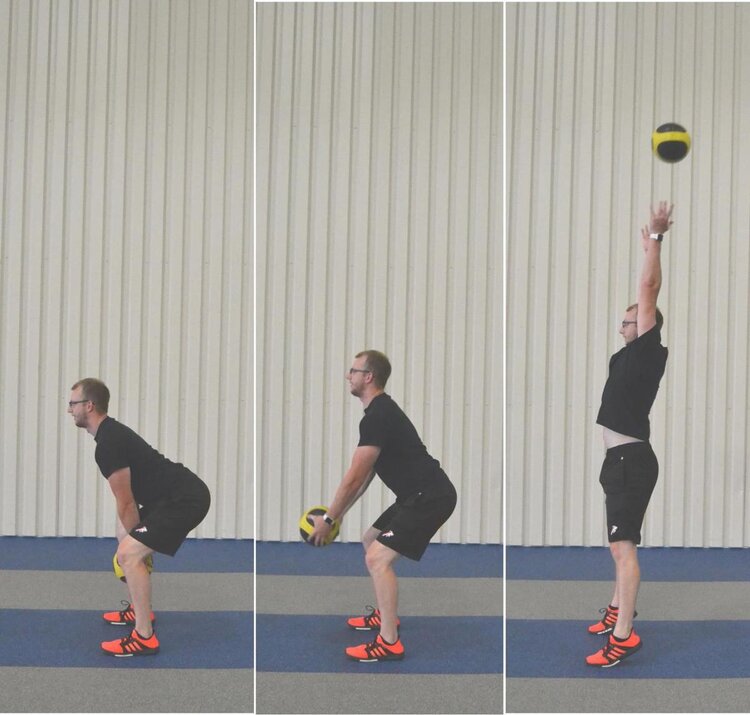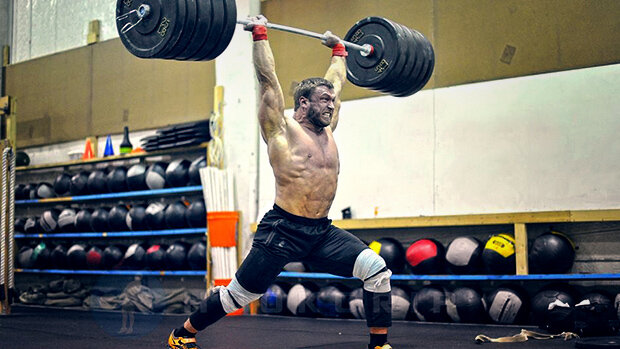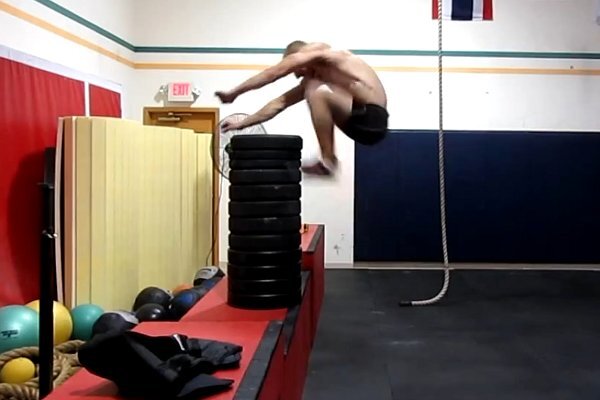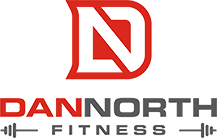
Olympic Weightlifting Alternatives for Athletes and General Population
The reason I think most people are attracted to weightlifting is it’s visual appeal. It just looks cool. I started weightlifting after seeing videos of Klokov push press 225kg.
Yeah, you read that right. He push presses more than you deadlift.

While I came nowhere close to these numbers, after a couple years of training, I was able to pull off a 120kg snatch, 140kg clean, and 160kg jerk. Peanuts in the weightlifting world, but respectable among us regular folk.
In order for weightlifting to impact someone’s strength and performance, there needs to be enough weight on the bar to stimulate a response.
The problem is that before you can load enough weight to generate an adaptive response, you need to be technically proficient in performing the lifts. And that takes years of training!
And guess what? Most people will not even come close to accomplishing this proficiency because they either:
- Don’t have the time to develop the necessary skills needed to improve their weightlifting because they compete in another sport.
- Will get hurt and/or give up beforehand.
There’s a reason Olympic weightlifting is a sport in and of itself.
The objective is simple: Pick the weight up off the floor and get it overhead.
In competition, the athlete performs two lifts:
- Snatch: Weight is lifted from the floor to an overhead position in one motion.
- Clean and jerk: Weight is lifted from the floor to the shoulders (clean), before being lifted overhead (jerk).
Athletes, coaches, and even gen pop clients (aka the average Joe) tend to overlook the complexity of these lifts and program them with little to no consideration of the potential repercussions.
Because let’s be honest, the cleans and snatches you see from a linebacker or weekend warrior compared to an Olympic weightlifter are vastly different. And rightfully so.
Weightlifters spend their entire athletic careers with the sole purpose of excelling at three lifts (snatch, clean, jerk).
This is highly specified training for a highly specified outcome.
On the other hand, athletes and average gym-goers aren’t training to see how much weight they can get from point A to point B.
For example, an MMA fighter has a lot of other skills they need to develop to excel at their sport (i.e. avoid getting their asses kicked while kicking someone else’s ass).
And Joe Schmo cares more about how jacked he looks holding a cup of coffee than snatching 100kg.
WHAT YOU NEED TO KNOW…
- Weightlifting is highly complex. The average lift takes about 3-8 seconds, and there’s a whole lot going on within that time frame.
- Mobility and optimal positioning are a requirement. Requirement is the key word in that sentence. If you don’t meet the mobility prerequisites to optimally hold a bar overhead in a deep squat, you’re going to suck at weightlifting. Or worse, really fuck yourself up. Sorry, but someone needs to tell you this before you hurt yourself. And it sure as hell won’t be the coach at your local CrossFit gym.
- Stronger does not mean better. Yeah, strength is obviously an asset in weightlifting, but as previously noted, you need to be technically proficient if you want to get the most out of the lifts.
- 1 plus 1 does not equal 2. I’d say one of the biggest differences between powerlifting and weightlifting is predictability. In powerlifting, as long as you’re consistently following a decently laid out program, you can expect to get incrementally stronger as you progress through your training. It’s obviously a lot harder than it sounds and isn’t always true if you’re a high-level lifter who squats 900lbs+. But for the most part, this assumption is true. Weightlifting, on the other hand, offers less “peace of mind” when it comes to progression. There are too many variables at play. One day you can feel rested, strong, and technically sound…not missing a single lift. The next day, you barely remember how to clean.

WEIGHTLIFTING PERFORMANCE BENEFITS
Let’s say someone is technically proficient in the classic lifts and can reap all the benefits.
What impact do these lifts have on the athlete’s body and performance? What is the benefit of training weightlifting even if your goal isn’t to be an Olympic weightlifter?
Answer: It’s the movement patterns and energy systems being used during the lifts where the performance benefits lie.
You DO NOT need to do weightlifting to get more explosive and powerful.
Your muscles don’t care about what an exercise looks like, they care about what an exercise does to your body and nervous system. No exercise is innately explosive, it’s how you perform the movement that makes it explosive.
The best substitutes for weightlifting movements:
- Use the anaerobic alactic energy system. Explosive drills that require a high-power output typically don’t last longer than 10-12 seconds. This is where a lot of “bootcamp-style” workout classes really miss the mark. Taking a highly complex lift and trying to turn it into a conditioning drill is a recipe for disaster.
- Incorporate triple extension. This is the point in any of the three lifts (snatch, clean, jerk) where your ankles, knees, and hips are extended (ankles are in plantarflexion for you nerds). The carryover of training triple extension lies within the performance benefits. For example, jumping and sprinting are both triple extension movement patterns.
- Are easier to learn. You can teach/learn an overhead med ball toss in a single session.
- Are safer to perform. These alternatives are easier on your joints/ligaments and offer less risk on injury.
4 ALTERNATIVE WEIGHTLIFTING EXERCISES FOR ATHLETES AND GENERAL POPULATION
1. OVERHEAD MED BALL TOSS
Training recommendations:
- Use a heavy, soft med ball that can absorb impact.
- Holding the med ball, “load” the hips by pushing them back.
- Throw the med ball overhead as explosively as you can with full extension in the ankles, knees, and hips.
- Good for warm-up before heavy lifting to stimulate CNS.
- 3-5 reps for 3-5 sets; 60-120 sec rest between sets.
2. FORWARD MED BALL TOSS
Training recommendations:
- Use a heavy, soft med ball that can absorb impact.
- Holding the med ball, “load” the hips by pushing them back.
- Throw the med ball forward as explosively as you can with full extension in the ankles, knees, and hips.
- Good for warm-up before heavy lifting to stimulate CNS.
- 3-5 reps for 3-5 sets; 60-120 sec rest between sets.
3. SEATED BOX JUMPS
Training recommendations:
- Sit on a bench or box so your legs are no higher than 90 degrees (hip crease and knee should be level).
- Have a box or riser in front.
- Explode up and jump onto the box, fully extending at the ankles, knees, and hips.
- Good for warm-up before heavy squats or deadlifts.
- 2-4 reps for 3-5 sets; 90-120 sec rest between sets.
How to make it harder: Do a straight leg landing. Jump onto a lower box but keep your legs straight after you jump (don’t bring your knees up to your chest and flex your hips).
4. HEAVY SLED PUSH
Training recommendations:
- Torso near parallel with the floor, slightly upright.
- Arms straight or bent, up to preference.
- Heels off the floor, hard strike at the foot each stride.
- Fully extend your back hip every stride.
- 3-5 sets of 15 yards/45 feet (heavy).
- Rest 2-3 min
Summary
No exercise is innately explosive, it’s how explosively you perform it.
While weightlifting is a great way to develop power, it’s not the only way.
There are substitutes you and your clients can use to become more explosive and powerful that are easier to learn and safer to perform.




